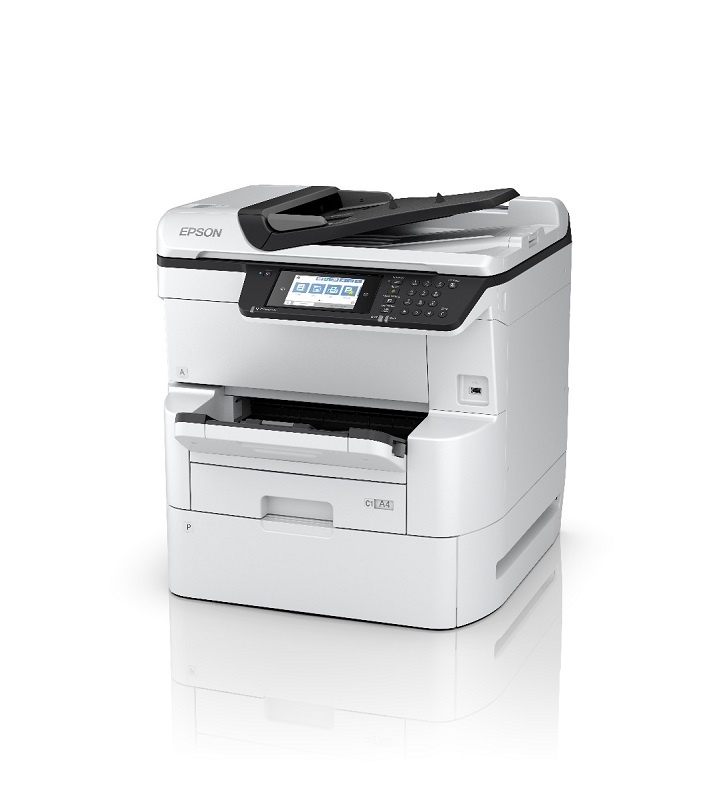Energy Efficiency Council releases ground-breaking tech research
SYDNEY, 9 December 2020 – The Energy Efficiency Council, in partnership with CitySwitch, has undertaken ground-breaking research detailing how office-based businesses can significantly reduce their energy costs and environmental impacts, often by making simple choices such as which type of technology and equipment to use.

Navigating a dynamic energy landscape: a briefing for office-based businesses is underpinned by new research about where these businesses should and can focus efforts to reduce energy consumption and operational expenditure.
This ground-breaking research – the first of its kind in Australia – identified energy and cost-saving opportunities for office-based businesses and particularly office tenancies, a sector that often gets less attention in the movement towards more sustainable buildings.

While servers and printers make up a substantial proportion of office tenants’ energy consumption, these pieces of equipment are not covered under the Equipment Energy Efficiency (E3) program or Minimum Energy Performance Standards (MEPS). This means that office-based businesses may be wasting energy while operating this type of equipment as they are unaware that some equipment options are much less efficient than others. For example, some inkjet printers use up to 90% less energy and power than comparable laser printers.
Epson Australia MD Craig Heckenberg said, “Printers and copiers account for the largest power draw of any single device after computers and servers. If a business is looking to reduce its operational expenditure and improve its environmental footprint, then investing in inkjet printers, particularly when they use 90% less electricity than laser printers, makes a lot of sense on every level.”
The research finds much room for improvement, with lighting still making up the greatest proportion of energy use within office tenancies, but only 60 per cent of the surveyed tenancies having undertaken a LED upgrade, making it a significant opportunity to reduce electricity bills.
Similarly, while other substantial energy-using equipment – like air-conditioning and computers – are covered under the E3 and MEPS programs, many offices would benefit from undertaking targeted equipment procurement programs that preference six-star plus purchases or leases.
“IT equipment accounts for almost half the energy consumption in an office tenancy, yet printers and servers don’t have energy performance labelling, making it much harder for consumers to make the energy efficient choice at time of purchase,” said Luke Menzel, Chief Executive Officer of the Energy Efficiency Council.
Navigating a dynamic energy landscape: a briefing for office-based businesses will be launched online today at 11am with leading Australian businesses highlighting how they’ve adopted smart energy management to reduce costs and improve environmental performance.
Picture credits
The Epson WorkForce Pro WF-C878R which uses energy efficient, heat-free inkjet technology
Epson Australia MD, Craig Heckenberg